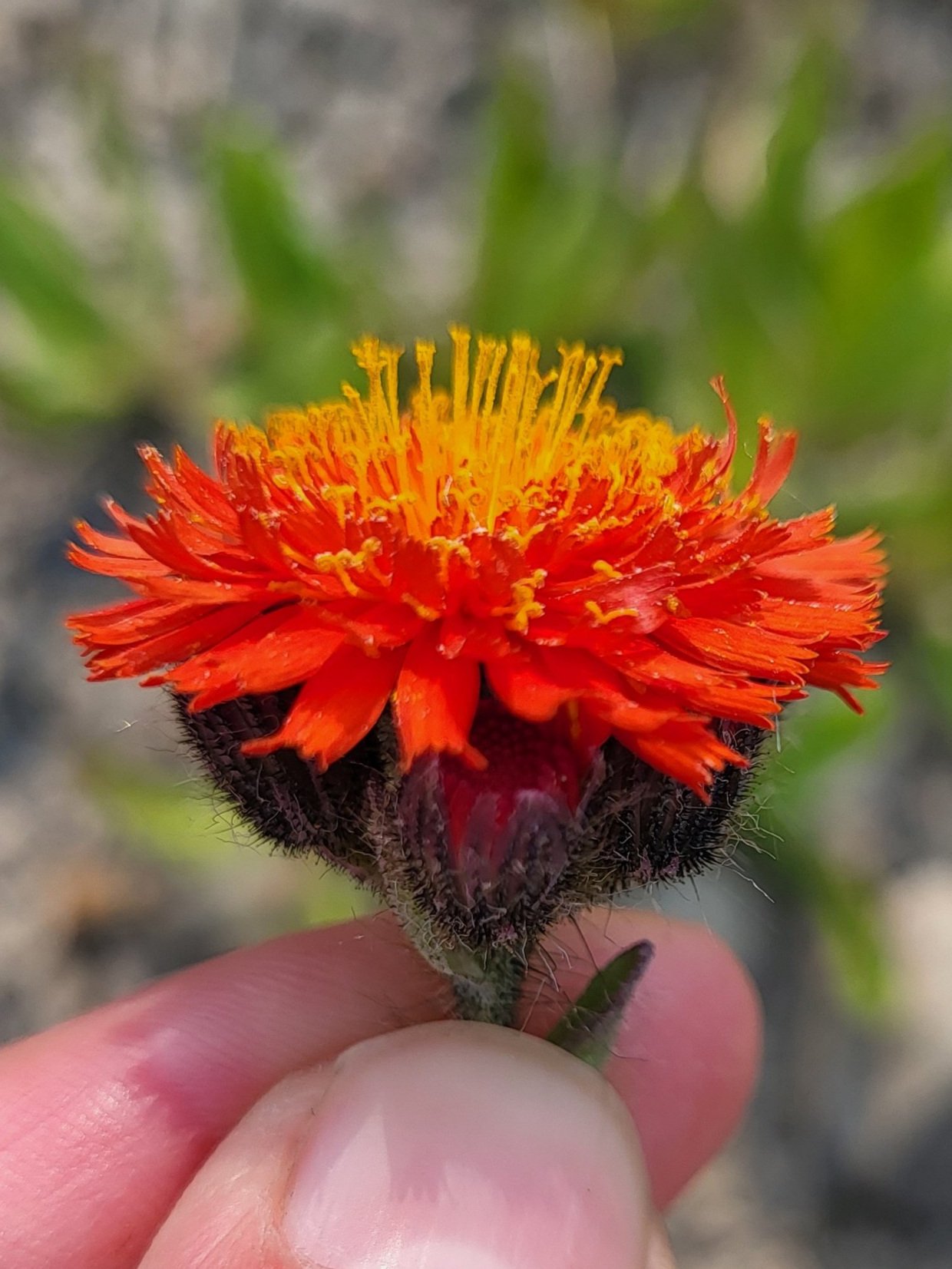Invasive species are those that are not native to an area and are known to cause harm to the economy, environment, or human health. These species often have biological traits that allow them to outcompete native species and spread aggressively.
They gain a foothold in areas disturbed by human activity. Some don’t travel far from disturbed sites, while the most offensive species can invade intact habitats, such as in a fireweed meadow or under forest cover.
Integrated Pest Management (IPM) is a strategy of controlling unwanted species through a combination of control methods. The following are categories of pest management methods and examples of each:
● Mechanical/physical – hand weeding, mowing, row cover, mouse traps
● Cultural – sanitation, timing of planting and harvesting, crop rotation
● Biological – using ladybugs in a greenhouse to control unwanted insects
● Chemical – herbicide, fungicide, insecticide, repellents, disinfectants
● Genetic – selecting species bred for pest or pathogen resistance
● Regulatory – laws that restrict sale of specific species, quarantines, inspections
Sometimes non-chemical methods are adequate, however herbicides can be part of this toolkit when used carefully and judiciously. A responsible pesticide applicator only uses pesticides in combination with other IPM techniques. Using multiple control methods improves efficacy of treatment while reducing environmental risks.
Click the button below to learn more about invasive species.
State of Alaska Department of Environmental Conservation Certified Pesticide Applicator 10771-2505-1/2/4/9
(Categories: 1. Regulatory Pest Management, 2. Pesticide Consultation and Demonstration, 4. Turf and Ornamental Pest Control, and 9. Right-of-Way and Industrial Grounds Pest Control)

